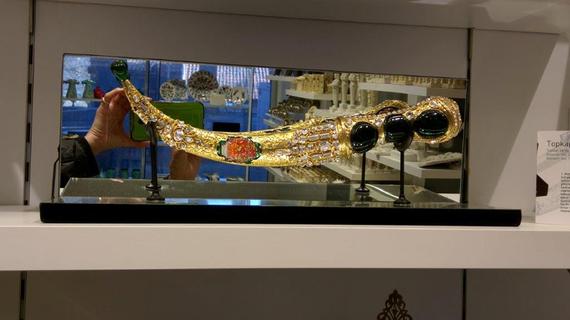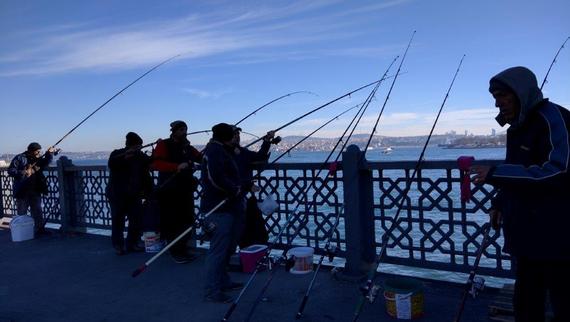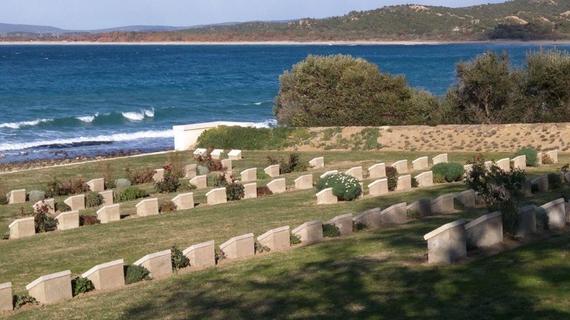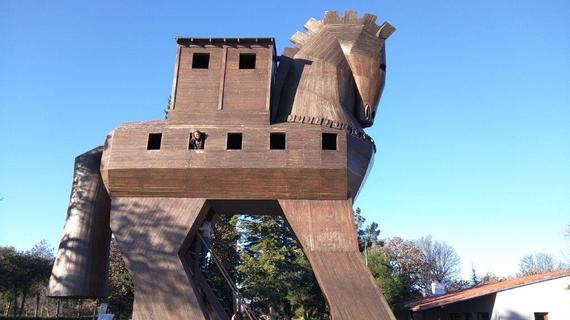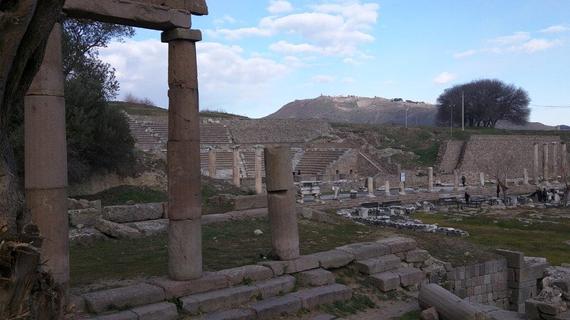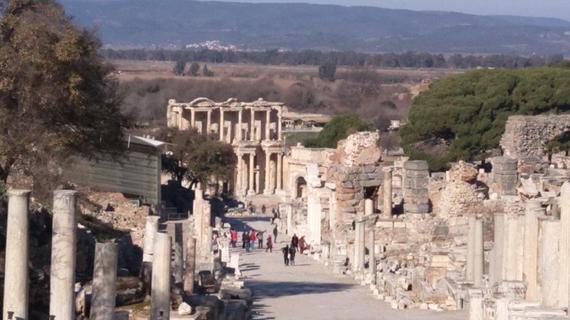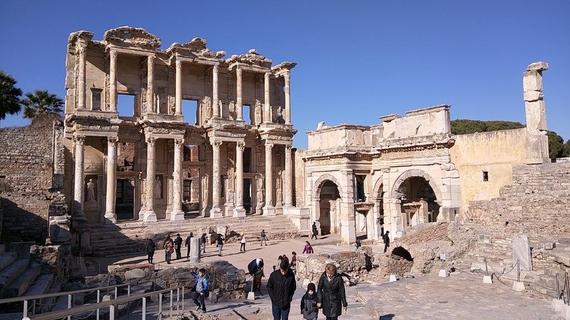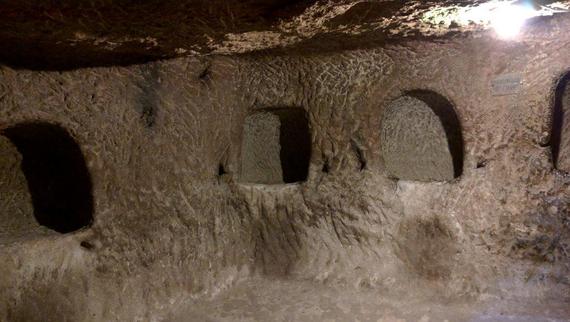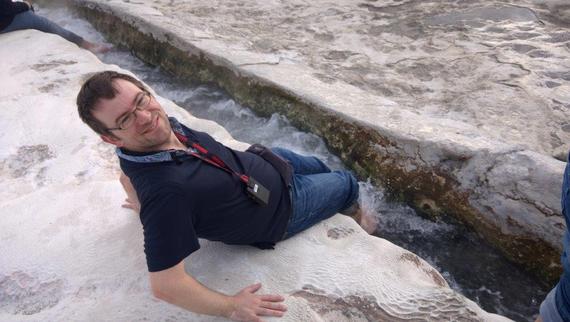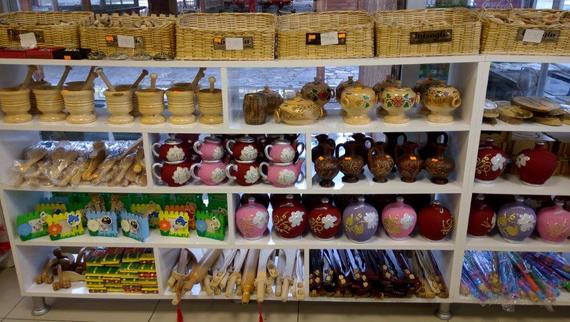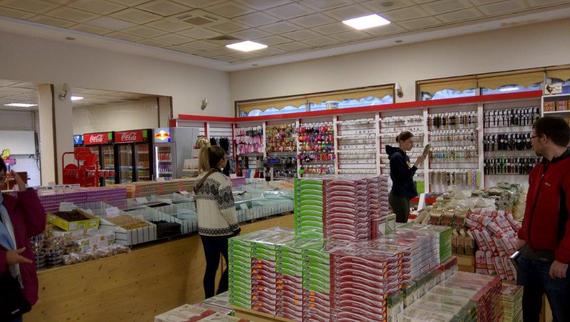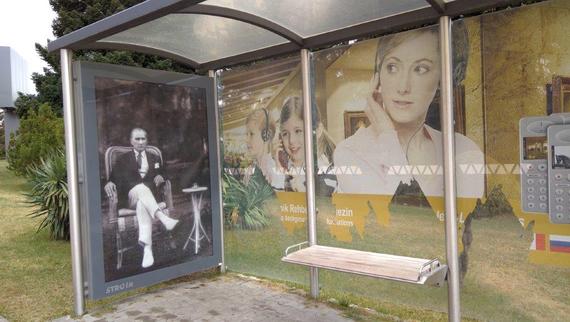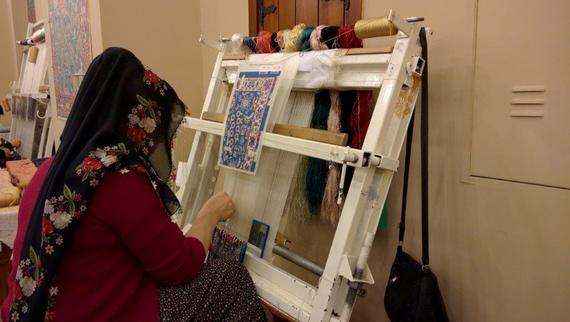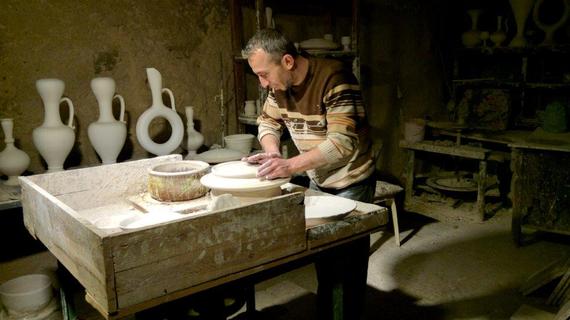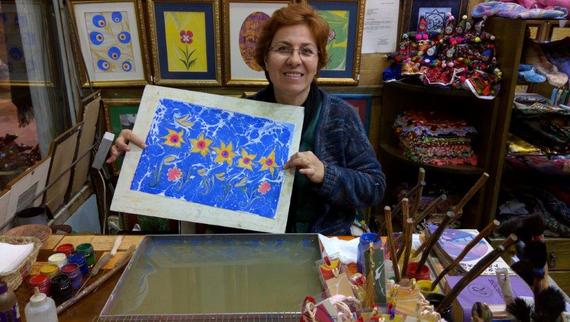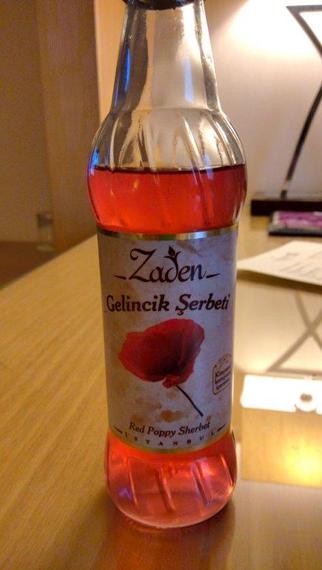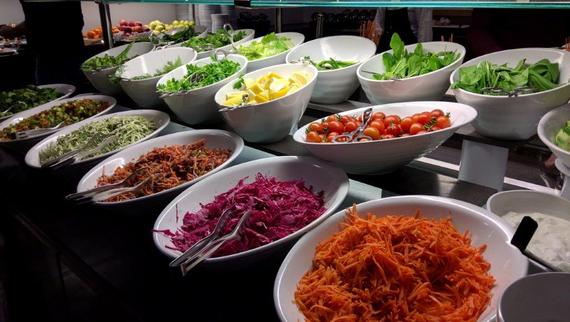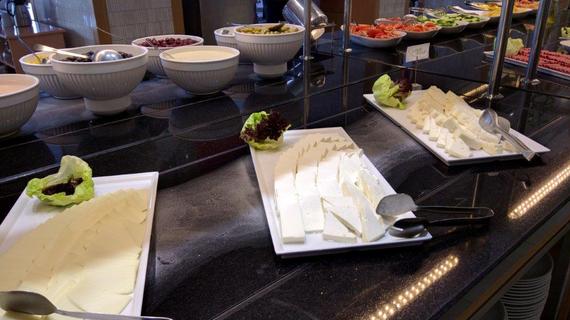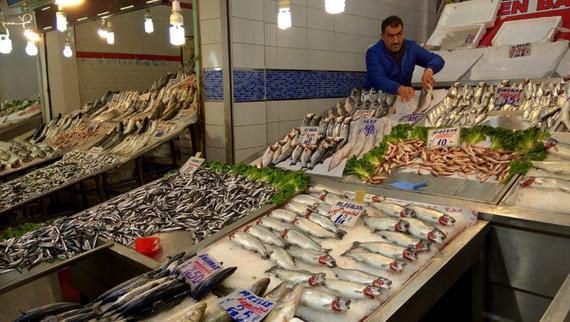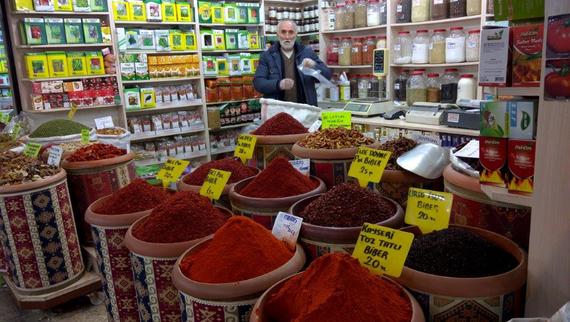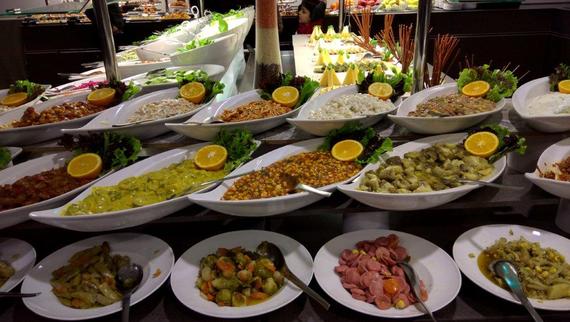Countrywide Turkish Delights
Turkey’s number one treat may be lokum the sugar gel candy flavored with rosewater, orange, cinnamon, or lemon — popularly called “Turkish Delight,” but the nation stretching from the Aegean to the Black sea encompasses beaches, mountains, rolling plains, endless archaeological sites, an historic blend of East and West, and is a trove of rich and varied travel destinations. For travelers understanding the risks inherent in the region and avoiding southern and eastern borders near Iran and Syria, the country the size of Texas offers a wealth of places to explore . Here are some highlights of a visit to the land with a legacy of Hittite, Phrygian, Roman, Christian, Byzantine, Ottoman influences.
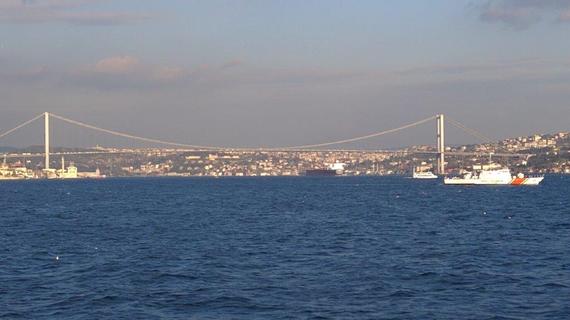
Istanbul’s Ataturk Bridge connects Europe and Asia
ISTANBUL
The quintessential introduction to the country is historic Istanbul straddling the Bosporus and combining the best of East and Western cultures. Still magnificent is Haghia Sofia (ayasofyamuzesi.gov.tr/en), its sanctuary the largest enclosed space in the world for nearly a thousand years after it was constructed by Justinian in the 7th century. In lush rooms among divans and filigree, Topkapi Palace exhibits the mammoth 96 carat Spoonmaker’s diamond and the famous Topkapi dagger set with a triad of giant emeralds. Fishermen and seafood restaurants line the Galata Bridge which crosses the Golden Horn. In the Spice and Grand bazaars shoppers can haggle with peddlers over pashminas, peppers, gold bracelets, point-toe slippers.
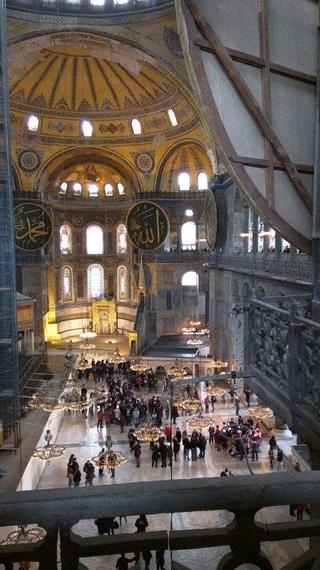
View of Haghia Sofia
INTERCONTINENTAL WATERWAYS
Two interconnected waterways separate the continents of Europe and Asia. The narrow passage of the Dardanelles leads from the Aegean to the inland Marmara sea, a passage so strategic that thousands of lives were lost defending it at Gallipoli during World War I. Lined with mansions and palaces the Bosphorus joins the Marmara and Black Seas, dividing the “intercontinental” city Istanbul.
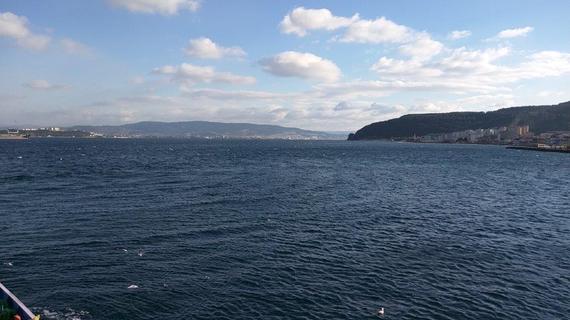
Crossing the Dardanelles
RUINS
The remains of extensive Roman metropolises and more Greek ruins than are found in Greece, provide marvelous insight into the prosperous civilizations which have flourished in the region through history. A reproduced model of the Trojan Horse leads to the nine-layer ruins of Troy. Marble boulevards lined with towering columns and statues remain from the ancient city of Ephesus, once home to over 250,000 residents.
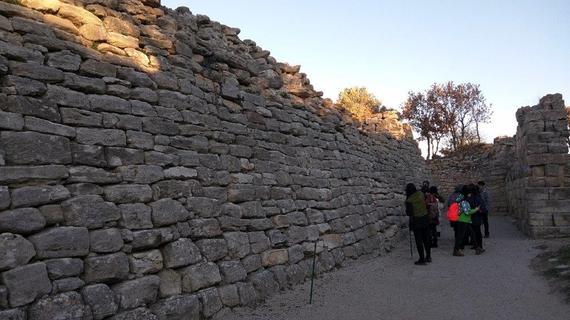
Walls of ancient Troy
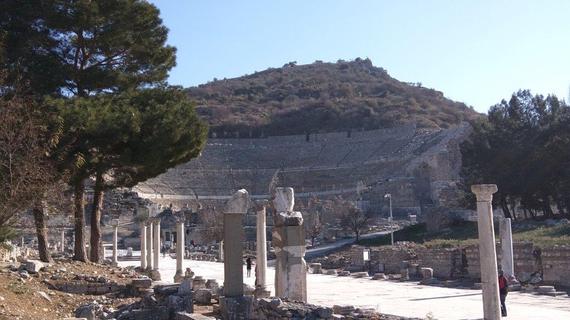
The Ephesus Theater seated 25,000
CAVE TOWNS AND UNDERGROUND CITIES
Cappadocia’s limestone rock has been carved into dwellings, some in underground caverns complete with wine presses, pantries, chapels. Over 22 sites have been discovered so far, some up to 18 levels below the surface. Created by Christians as hiding places from Roman invaders, many have rooms that can be sealed by giant round rocks which were literally carved on site to hollow the room space. Among those open to the public, Derinkuyu and Kaymakli are most extensive.
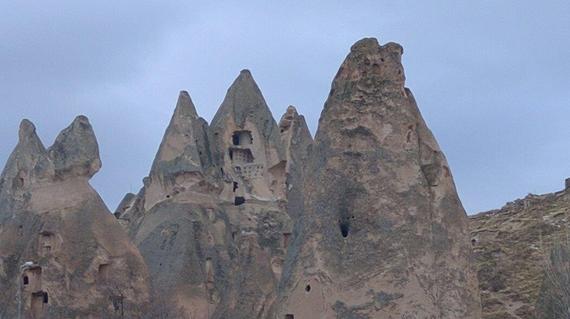
Cave Homes
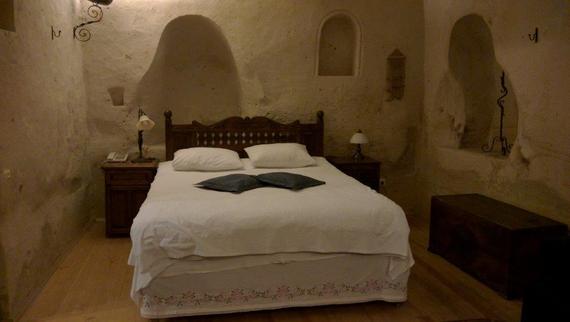
Room in Esbelli Evi cave hotel
UNIQUE TOPOGRAPHY
“Fairy chimneys” is the term locals have given to the unusual rock formations prevalent in Cappadocia. Created when erosion wears away the soft basalt rock leaving a cap on top of the column. Mineral rich thermal springs near Pamukkale create the sparkling white travertine cliff face called the Cotton Castle where tourists can remove their shoes and soak or walk gingerly across the calcite surface. Some of the waters are channeled into hotel swimming pools where guests can swim and steam in therapeutic water naturally heated to bath tub temperatures.
Fairy chimneys?
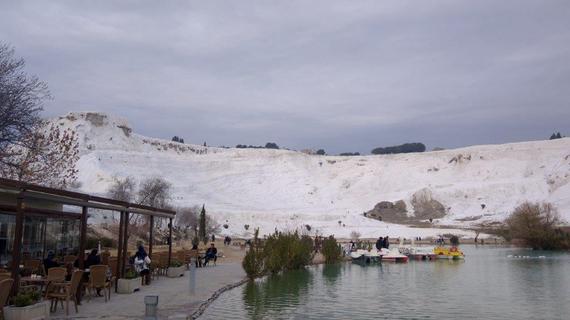
The Crystal (or Cotton?) Castle Cliff
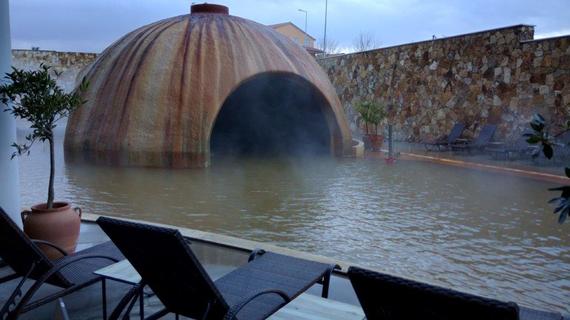
Doga Thermal Health & Spa Natural Hot Spring Pool
ROADSIDE “TRUCK STOPS”
Stops for gas (priced about the same as in the USA) are attractive with local cafeteria style buffets serving yogurt soup, stuffed eggplant. and beef and lamb stew.. Every stop has its own array of souvenirs — different items in different locales — from key chains and note cards to whirling dervish bells and hand knit mittens, pashminas — earrings and bookmarks, pottery and wooden stools, bins of fresh nuts, chunks of honeycomb, wide selections of candies — Turkish delight, chocolate covered chestnut and pistachio, rose and strawberry jellies and of course the ubiquitous Turkish Delight. Many items cost less than a lira or two — 33-66 cents — so it’s tempting to empty your pocketbook when filling up the car.
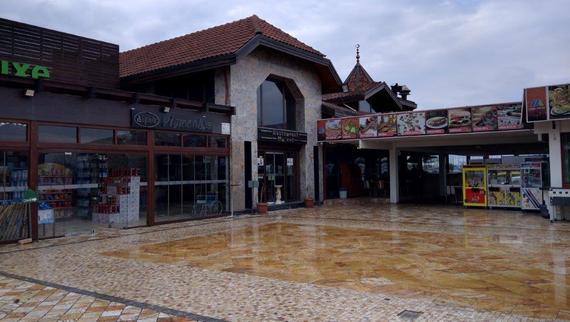
Expressway Truck Stop
ATATURK –
Although a contemporary of Hitler, Mussolini, and Stalin — Mustafa Kemal Ataturk was a benevolent dictator who fastidiously led his country to modernization and emergence as a republic. After a distinguished military career during World War I and the subsequent Turkish War of Independence, he led Turkey into the modern world, embracing women’s rights, the Phoenician alphabet, land reform. Still beloved as the George Washington of his country (his adopted name Ataturk means Father of the Turks and it’s forbidden for anyone else to use it), photos of him are found in almost every home, school room, office, and available public space. At 9:05 am November 10th, the entire nation pauses to commemorate the anniversary of his 1938 death in a moment of silence.

Anit Kabir Ataturk Monument
CRAFTS
Leather, ceramic, and carpet handicrafts are big popular local handicrafts. Elaborate showrooms present fashion shows of silky leather garments, demonstrations of silk spinning and carpet weaving, workshops on preparing and spinning local clay which is hand painted into intricate intricate ceramic designs.

Turkey Leather Fashions
BEVERAGES
Grapes thrive in the fertile volcanic soil and cool mountain climate, and wine has been made here for thousands of years. Efes is the “hoppy” local beer. Fresh pressed orange and pomegranate juices are served at street side stands. Thick Turkish coffee is an acquired taste, over a century ago even Mark Twain deplored its “muddy sediment”. Local soft drinks can be flavored with poppy, rose, and tamarind.
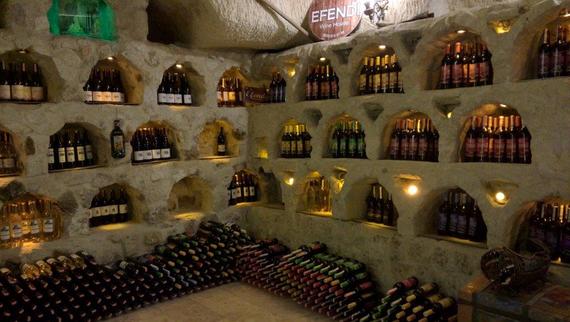
Turkish Wines
FOOD
The lush Mediterranean climate produces lettuces, tomatoes, carrots, cucumbers. onions, oranges, apricots, pears Olives are a staple, in every incarnation — red, green, black, stuffed, olive oil –served incongruously at breakfast along with selections of herbed, stringy, and salty cheeses.
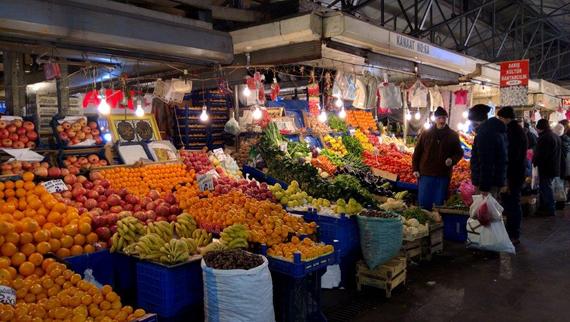
Fruit Stand

